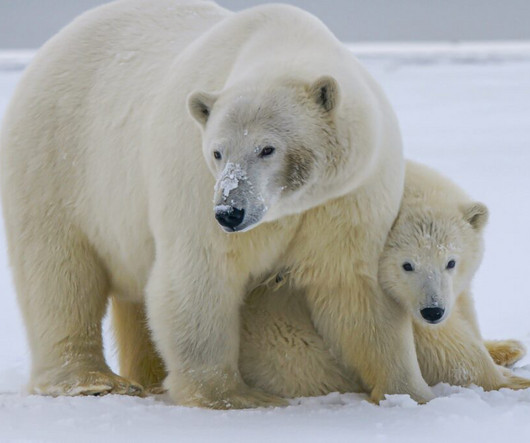Environmental Law: Government and Public Policy Towards the Environment
Environmental Science
SEPTEMBER 7, 2018
Air emissions : Any gas emitted into the atmosphere from industrial or commercial activity. Chlorofluorocarbons (CFCs) : A group of inert chemical used in many industrial and everyday processes such as our refrigerators that are not broken down at lower atmospheric levels and rise to the upper levels, destroying ozone.














Let's personalize your content